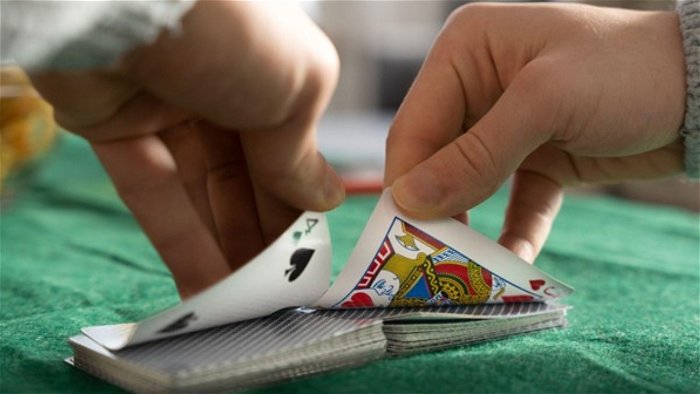Solitaire, also referred to as “Patience” in various regions, encompasses a collection of card games designed for solo play. The game has evolved over centuries, with its origins somewhat murky but generally believed to have started in Northern Europe in the late 18th century. Over time, the game has become a popular pastime worldwide, especially with its digital versions on multiple online platforms like Solitaires. This guide will delve into the history of the game, explore some popular variations, and explain their basic rules.
History of Solitaire
Solitaire’s origins are not precisely known, but the game is believed to have been invented in the 18th century in Northern Europe, possibly in Scandinavia or Germany. The first collection of these games was recorded in the late 18th century. Solitaire’s popularity surged in France during the early 19th century, and from there, it expanded to England and subsequently to America. The game’s popularity soared with the advent of personal computers, as Microsoft Windows included a digital version of Solitaire starting from Windows 3.0 in 1990, introducing millions to the game.
Popular Variations of Solitaire
While many people are familiar with the traditional Klondike version, the world of Solitaire is vast and varied. This overview aims to familiarize you with several of the most celebrated versions.

Klondike Solitaire
Klondike is often what comes to mind when people think of Solitaire. It’s the version popularized by Microsoft Windows, featuring a simple yet engaging setup where the player aims to build up four foundation piles in ascending order, from Aces to Kings.
Spider Solitaire
Spider takes the complexity up a notch, utilizing two decks of cards. Spider Solitaire is known for its challenging gameplay, offering three levels of difficulty (based on suits used) that cater to both beginners and seasoned players looking for rigorous mental exercise.
FreeCell
FreeCell stands out for its unique feature, which is that all cards are dealt face-up at the beginning of the game, eliminating much of the luck factor involved in other versions of the game. It includes four free cells that can be used to temporarily store cards, facilitating strategic moves.
Pyramid Solitaire
In Pyramid, cards are set up in a pyramid formation, with the player’s goal being to eliminate card pairs that collectively total 13. The game is won by removing all cards from the pyramid, a task that requires foresight and sometimes a little luck.
Basic Rules and Gameplay of Classic Solitaire
Classic Solitaire, also known as Klondike, is a timeless card game that combines strategic thinking with a measure of luck. With a standard deck of 52 cards, the aim is clear: to create four foundation piles, one for each suit, in ascending order from Ace to King. Despite its straightforward objective, mastering Klondike requires understanding its basic rules and developing effective strategies.
- Building the Tableau: Within the tableau, you are allowed to transfer cards between columns. The arrangement requires cards to be in descending sequence, alternating between red and black colours. For instance, a black 7 can host a red 6 atop it. Spaces left empty in the tableau are exclusively reserved for Kings.
- Using the Stock and Waste: Cards can be turned over from the stock to the waste individually. If the stock runs out, the waste can be flipped over to renew the stock. The waste’s top card can be played onto either the tableau or the foundations.
- Foundations: All foundation piles must begin with an Ace. After that, you can place the 2 of the same suit on the Ace, then the 3, and so on, up to the King. Winning occurs when all the cards have been correctly organized into their designated foundation piles.
Conclusion
Solitaire games offer endless entertainment and challenge due to their mix of luck and strategy. As you become more experienced, you’ll find yourself spotting potential moves and strategies more quickly, making the game even more enjoyable.



